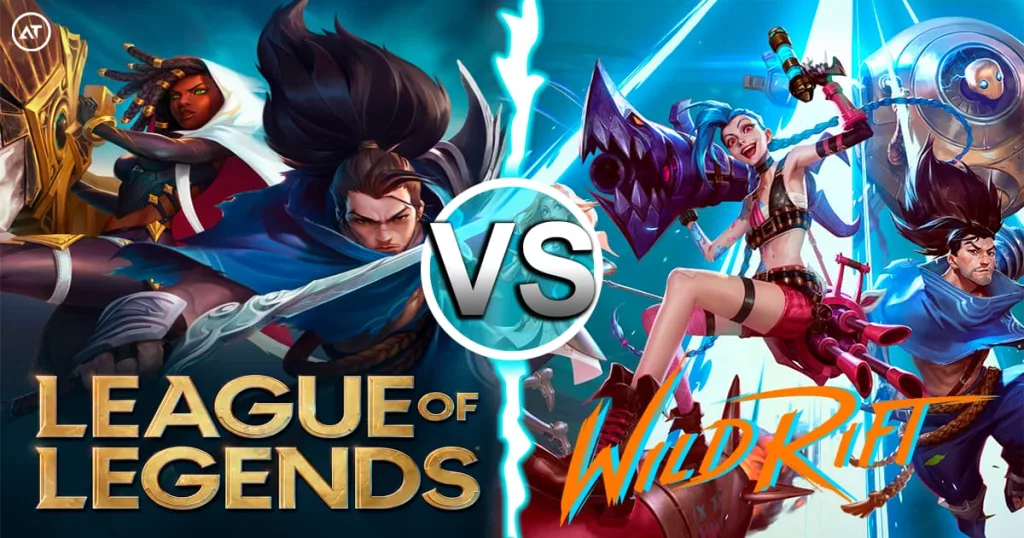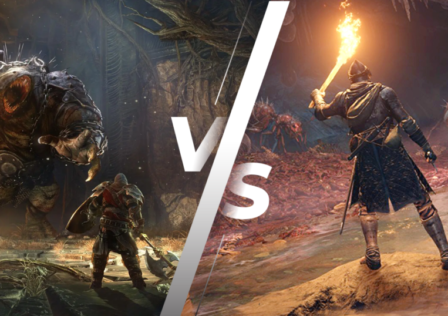Ever wanted to compare League of Legends and Wild Rift?
In this post, we will directly compare the League of Legends franchise-based games based on the perspectives of various players. You will be able to see the two games side by side and observe the differences between them. So, let’s get down to comparing.
What is the difference between League of Legends and Wild Rift?
One of the most played mobile games is League of Legends: Wild Rift, which is undoubtedly a MOBA powerhouse, and how could it not be? As League of Legends gamers ourselves, we tend to agree with many Redditors and lifelong LoL fans who assert that the mobile game outperforms its larger brother in most respects. But why?
Given that there are various aspects to take into account while playing both Wild Rift and LoL, a direct response to this topic might not be attainable. Even with both games offering the same game, there are differences in the gameplay, presentation, community, and many other aspects.
Here are 11 of the major dissimilarities with the PC MOBA.
#1: Fewer champions on the roster in Wild Rift
To begin with, Wild Rift has fewer champions (91 as of October 2022) than League of Legends (162). It’s probable that not every League champion will end up on the Wild Rift, despite Riot’s commitment to add additional champions at a rate of approximately two each month.
Some champions will also differ drastically from their League of Legends counterparts. There won’t be any passive champion abilities in Wild Rift, thus things like Vayne’s Silver Bolts and Vi’s Denting Blows won’t be available.

Last but not least, several champions will have their current abilities redesigned so that they function better with the new controls. For instance, Rammus can now jump into the air and slam down with his ult, while Katarina can now move while she is in her Death Lotus. In Wild Rift, there will undoubtedly be a learning curve when it comes to mastering a champion’s “new” kit.
#2: Better queueing in Wild Rift due to the autofill feature
Since players have the option to identify their preferred role, queueing for matches in Summoner’s Rift might be challenging. As a result, athletes frequently find themselves in roles in which they don’t necessarily flourish and end up doing poorly. However, Wild Rift’s autofill option makes queueing considerably simpler. In essence, Wild Rift introduces preference-based automatic position filling.

Players can now arrange the five places and rank them in the mobile MOBA according to their preferences. For example, they would rank a jungle as their top preference, then support, mid, duo, then solo. With this approach, players have the chance to be placed in the Jungle as frequently as possible rather than always being allocated to Solo. Although the method doesn’t always ensure that athletes get their top choices, many supporters nevertheless like the adjustment.
#3: Wild Rift offers no actives on the items
No item you purchase in Wild Rift has an active element. Items like Zhonya’s Hourglass and Blade of the Ruined King won’t have their actives, though they might have a special passive that is comparable to their League of Legends counterpart.

Instead, players can enchant their boots with a single active effect. These include the Rocketbelt Dash and Zhonya’s Stasis. Additionally, several champions will now be able to use active effects that were previously inaccessible to them in League of Legends, like Vayne’s acquisition of Zhonya’s active.
#4: Wild Rift offers wilder fights in exchange for smaller maps
There are no active elements in any of the items you purchase in Wild Rift. They may have a special passive that is comparable to its League of Legends counterpart, although items like Zhonya’s Hourglass and Blade of the Ruined King won’t have such actives.

The enchantment on the player’s footwear can instead have just one active effect. One of these is the Rocketbelt Dash or Zhonya’s Stasis. In addition, this implies that some champions will be able to use active effects that they were previously unable to in League of Legends, such as Vayne’s acquisition of Zhonya’s active.
#5: Wild Rift can be played anywhere in shorter matches
Matches lasting 30 to 40 minutes were possible due to the League’s increased complexity, giving players plenty of time to make opening gambits and important comebacks. Wild Rift’s mobile limitations, however, forced Riot Games to choose a fast-paced gameplay style. Additionally, the Level 15 cap—rather than the Level 18 cap—ensured that Champions reached the endgame far quicker than League.
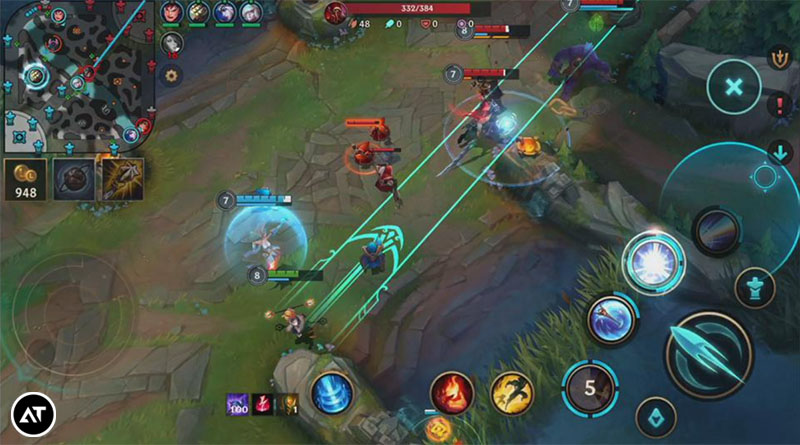
Turrets won’t have plates either, allowing them to be destroyed considerably more quickly. They achieved this by drastically shrinking the game’s overall map and getting rid of the turrets that protected the Nexus. The Nexus may now defend itself by firing its own turret fires. Turrets will begin to disappear from the map and super minions will begin to arrive in lanes.
#6: Wild Rift got boots, wards, and support, and jungle items reworked
Because Wild Rift moves more quickly, gamers have much easier access to gold. In actuality, dying enemy minions provide gold to Champions nearby, and more to those who delivered the last blow. As a result, products are now also more accessible. As they acquire gold throughout the fight, players can now designate “Pre-Order” things that the game “reserves” for them. Additionally, based on their set builds, players have quick access to “Recommended Items” that they can purchase as soon as they earn the gold.
Further, players now allocate Wards to specific Ward sites rather than scattering them over the map as they did in League.
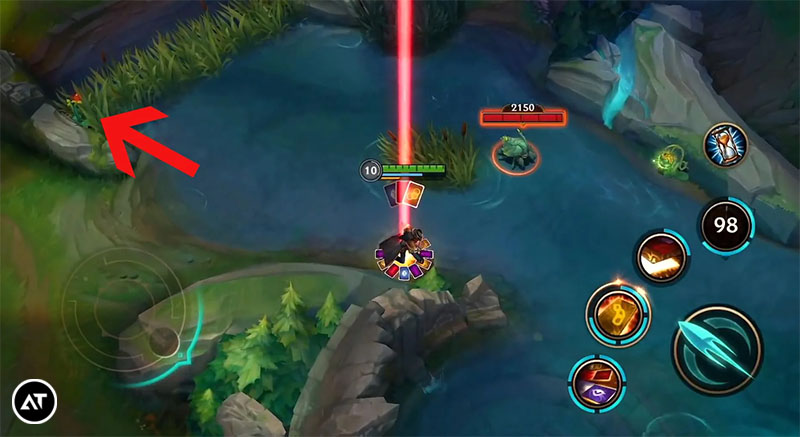
Last but not least, Wild Rift has no jungle or support equipment. Yes, you read that correctly. Players won’t need to purchase support items to make up for lost farming money, and junglers won’t need the smite item to gain the extra gold and experience from farming the jungle. The champions that can be played in those two roles will undoubtedly undergo some big alterations as a result of this.
#7: The runes are simpler in Wild Rift
Runes are still a crucial component of League’s fundamental gameplay mechanics. After all, the PC game allows players to create their own Rune Pages by selecting a Primary Path and a Secondary Path from among five Paths that each offers a different set of gaming advantages. Keystone Runes and Lesser Runes are located beneath each Path and add even more variety to the gameplay. Runes used by Tahm Kench players, therefore, have various effects on heroes of other classes.
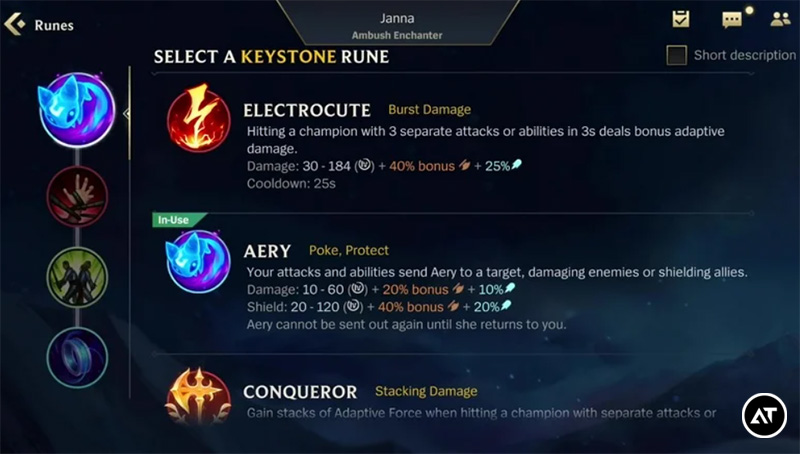
The system in Wild Rift is less sophisticated. Players in Wild Rift select one of eight Keystone Runes to use as their Main Rune. Each Minor Rune from the Domination, Resolve, and Inspiration Paths is given to them.
#8: The Nexus in Wild Rift is not flanked by towers
Experienced League of Legends players will notice that the Nexus no longer has two towers flanking it as the final line of defense. Do not, however, assume that this allows you to backdoor each and every game. The Nexus in Wild Rift shoots those laser beams to defend itself.
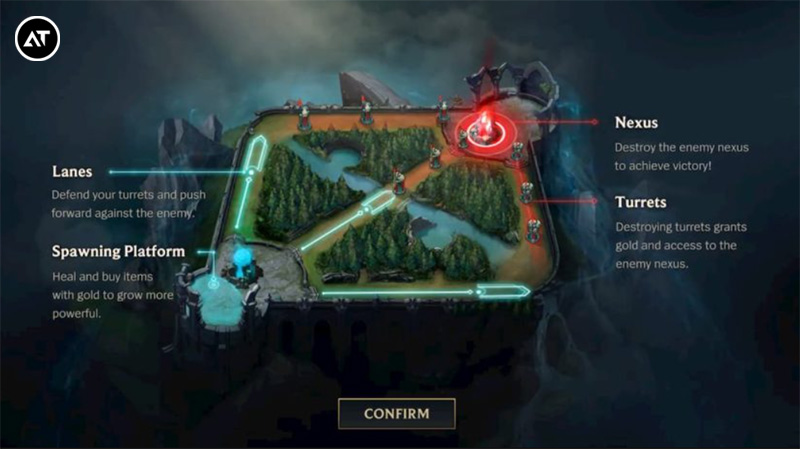
#9: Players are more in control of their champions
League players who like the Champions on Wild Rift’s roster may find the character adjustments the mobile game made to them to be intriguing. In League, Ashe’s Enchanted Crystal Arrow (Ult) moves straight ahead and delivers damage to Champions based on how far it travels. The arrow can be actively controlled in the same Ult’s Wild Rift variant, though.
Similar to this, other Champions’ talents place more of an emphasis on skillshots than point-and-click maneuvers. For instance, rather than relying just on clicks, Annie’s strikes can be targeted at a specific place. This aspect also pertains to Miss Fortune’s assaults because she may use skillshots to specifically target enemies.
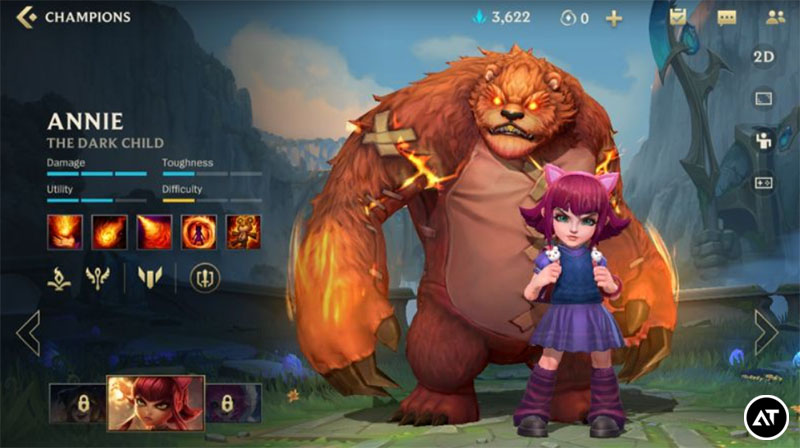
Players now feel more in charge of their Champions thanks to these modifications.
#10: You can auto-lock opponents and use PiP mode in Wild Rift
The mouse allows players of Summoner’s Rift access to a wide variety of strategies for long-range combat. After all, a mouse includes scroll controls that enable users to quickly switch between various instances of the battlefield. Since the touchscreen lacks this flexibility, Wild Rift modified these gameplay elements for players as well.
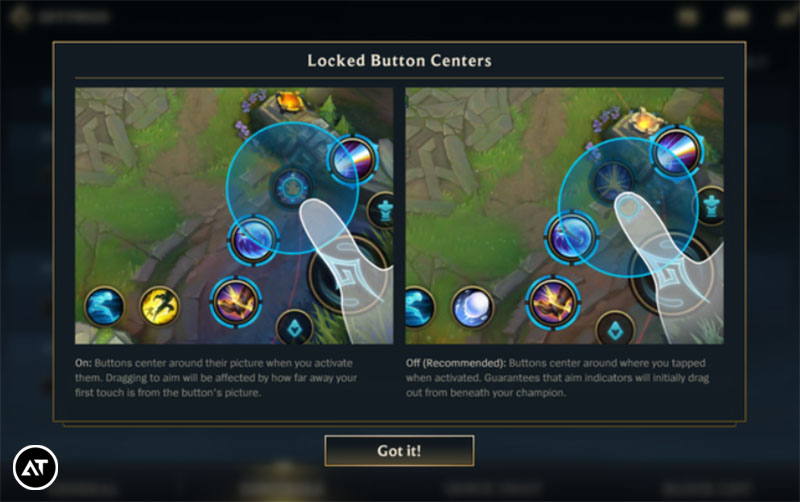
In essence, the opponent lock system in Wild Rift now automatically locks an enemy Champion that players hit. This makes pulling off combos much simpler. A camera assist tool is also included in the mobile MOBA for long-range abilities. It is significantly simpler to control the skillshot’s trajectory with this picture-in-picture capability.
#11: Graphics rework for the smaller screens of Wild Rift
Last but not least, when League came to mobile devices, most parts of the PC MOBA had to be scaled back to accommodate a more portable experience. In contrast to the League, which has more advanced graphics, Wild Rift will include graphical changes to take into account smaller screens and slower processing power.
Riot Games acknowledged that there aren’t many skins, but added that they had to “redesign each Champion from the ground up.” In addition to their natural abilities, it appears that Riot Games also redesigned their skins and general aesthetics. In Wild Rift, Champions had a “limited” appearance compared to the PC but were still smart enough for mobile devices. Thankfully, the first 40+ Champions in Wild Rift’s lineup are all beginner-friendly Champions.
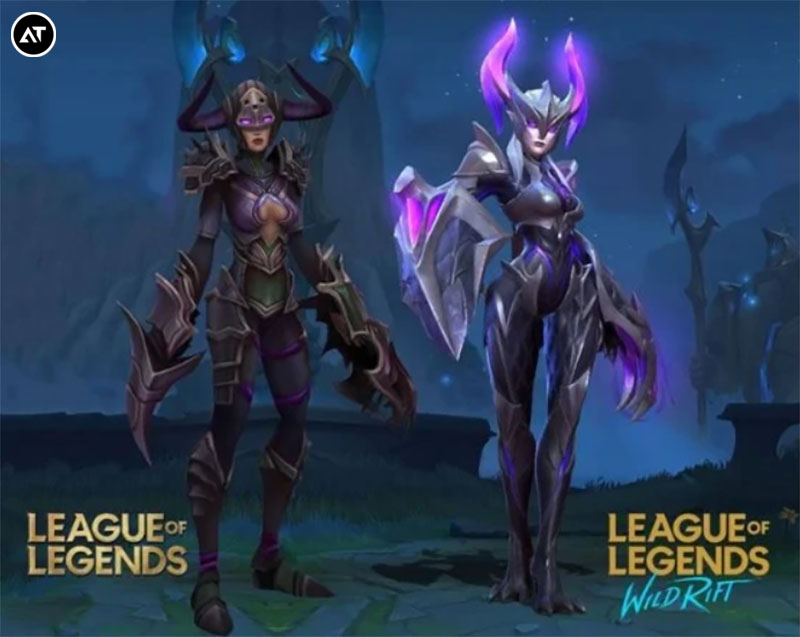
In a nutshell
League of Legends, which was first launched by Riot Games in 2009, was an instant MOBA hit. After all, it had revolutionized MOBAs with its distinctive approach to Champions and “traditional” method of fighting it out in an arena.
With League of Legends: Wild Rift, Riot Games didn’t try to make the mobile version of League as difficult as the PC version, but it drew on a different type of supporters and critics. Soon after, the world sunk into the dilemma of whether League of Legends or Wild Rift is the better version of the game.
Undoubtedly, Wild Rift has both its advantages and disadvantages. And other players might even claim that Wild Rift is a more condensed, simplified version of their preferred PC MOBA. Thankfully, it’s rather simple to describe how the two League of Legends iterations differ in breadth and gameplay despite the fact that both themes cater to distinct gamers.
Here’s what you need to take away with you:
- League of Legends players that are looking for more concrete distinctions between the PC and mobile versions of the game may discover that the two are very different games.
- The mobile version of the game offers a more free-form style of battle, but the PC edition allows players more control.

